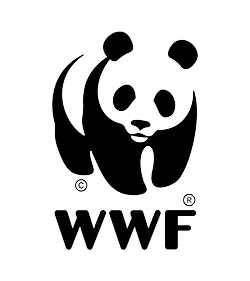Zoonosis risk along the bushmeat value-chains. The case of Salonga National Park and Kinshasa, Democratic Republic of Congo
The link between wildlife trade, consumption and zoonotic disease outbreaks with pandemic potential has been documented by a growing body of evidence worldwide. Wildlife trade and emerging infectious diseases (EIDs) of zoonotic origin are of particular concern in the Tropics, and particularly in Central Africa. Bushmeat in the region is an essential part of the diet of millions of people, contributing 20–70% of all protein intake, with the trade of bushmeat estimated to reach USD 1–3 billion. A demand that is expected to increase concomitantly to the increase of the human population in the region. Kinshasa for instance, capital city of the Democratic Republic of Congo (DRC) with an estimated population of 13 million inhabitants in 2018, is predicted to become the largest city in Africa and the fourth largest in the world by 2050, with 35 million inhabitants.
The role of unsustainable and illegal bushmeat hunting and consumption in species extinction is well known, as well as their cascading effects on ecosystem services and local food security. However, less is known about their contribution to the risk of zoonotic disease spread. And this, despite the fact that Central Africa has already experienced tragic examples of pathogen spillover most likely linked to wildlife consumption and trade, e.g. those causing acute outbreaks (Ebola) or with pandemic potential (SIV/HIV, other Retroviruses). It is therefore key to assess wildlife trade situations for risks of potentially serious zoonoses in order to inform policies to tightly monitor, regulate and control the consumption and trade.
The overall objective of this project is to identify and map the risks of zoonotic disease transmission in bushmeat trade along value-chains from a source to the end markets, i.e. from a National Park to large and dense urban areas. In particular, the project will i) characterize and assess the scale of the bushmeat trade between a National Park and urban centres, the species consumed and traded, the modes and drivers behind the consumption and trade along the value-chains, ii) detect and measure the presence of pathogens in bushmeat samples at various nodes of the value-chains, iii) quantify the risks triggering pathogen presence and loads, transmission to humans, and spread of infections to human populations along the value-chains.
Participants
William Crosmary
Contacts
WWF DRC
Email: wwfdrc@wwfdrc.org
